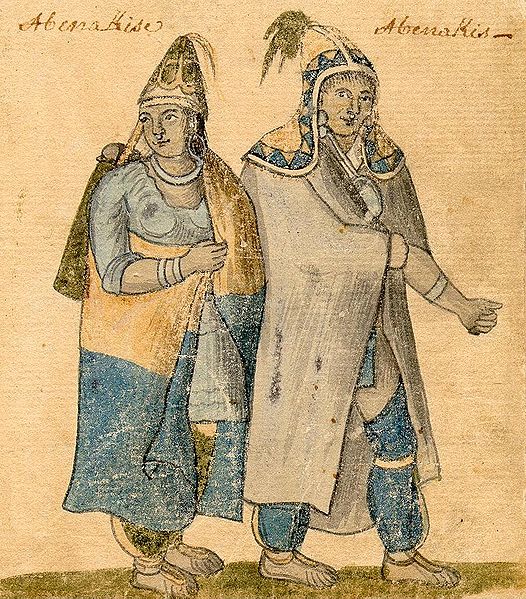Rogers' Rangers was a company of soldiers from the Province of New Hampshire raised by Major Robert Rogers and attached to the British Army during the Seven Years' War. The unit was quickly adopted into the British army as an independent ranger company. Robert Rogers trained and commanded the rapidly deployed light infantry force, which was tasked mainly with reconnaissance as well as conducting special operations against distant targets. Their tactics were built on earlier colonial precedents and were codified for the first time by Rogers as his 28 "Rules of Ranging". The tactics proved remarkably effective, so much so that the initial company was expanded into a ranging corps of more than a dozen companies. The ranger corps became the chief scouting arm of British Crown forces by the late 1750s. The British forces in America valued Rogers' Rangers for their ability to gather intelligence about the enemy. They were disbanded in 1761.

To Range the Woods, New York, 1760, Spc. 4 Manuel B. Ablaza
Robert Rogers, the founding leader and namesake of Rogers' Rangers, in a 1776 painting, the only known portrait from life of Rogers.[citation needed]
Robert Rogers (British Army officer)
Lieutenant Colonel Robert Rogers was an American colonial frontiersman. Rogers served in the British Army during both the French and Indian War and the American Revolutionary War. During the French and Indian War, Rogers raised and commanded the famous Rogers' Rangers, trained for raiding and close combat behind enemy lines.
Robert Rogers (British Army officer)
Join, or Die, Benjamin Franklin's cartoon of the French and Indian War, later reused for the Revolutionary War
Abenakis (18th-century)
Fort Ticonderoga (Fort Carillon)


![Robert Rogers, the founding leader and namesake of Rogers' Rangers, in a 1776 painting, the only known portrait from life of Rogers.[citation needed]](https://upload.wikimedia.org/wikipedia/commons/thumb/a/ab/RobertRogers.jpeg/387px-RobertRogers.jpeg)

